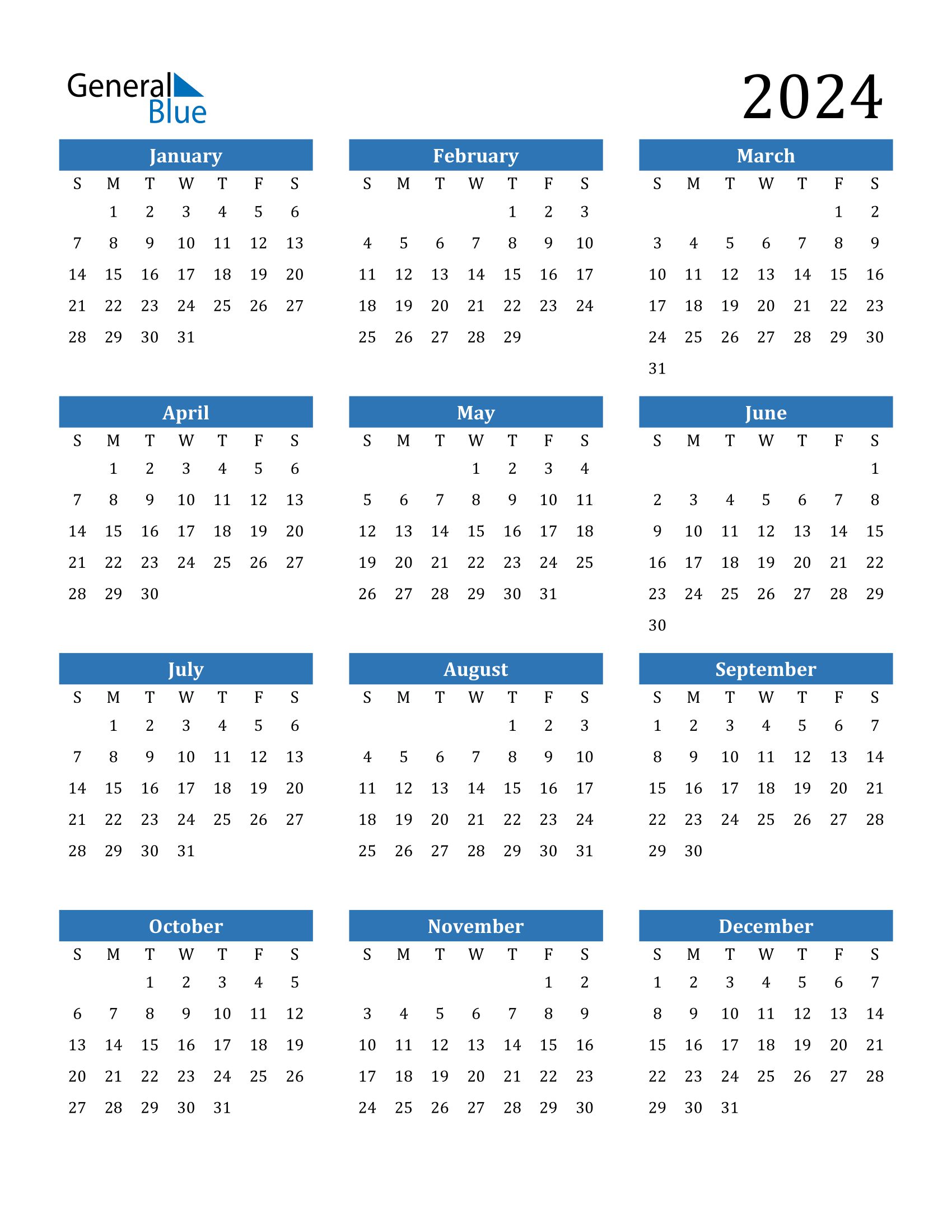Have you ever stopped to ask why a calendar year has 12 months, there are seven days a week, 24 hours a day and why minutes are divided into 60 seconds? More so, why a leap year after four years? Why is February the leap month, and what is a leap year?
A leap year is a calendar year in which an extra day is added to the Gregorian calendar to keep the calendar year with the astronomical year. A common fact about a leap year is that it will advance two days due to the extra day, thus leaping over one day in the week. For instance, Christmas Day 2023 was on a Monday, but then this leap year will leap one day, moving 2024 Christmas to Wednesday instead of Tuesday contrary to the normal pattern.
But first we need to know why the year is divided into 12 months. The Gregorian calendar was invented by the Romans in 1582. It was particularly formed by Julius Caesar and is used to date. He explained the need for 12 months in a year and addition of a leap year after every four years. At the time there were only 10 months in the calendar while there are 12 lunar cycles in a year.
The months January and February were therefore added to the calendar, making it 12 months while the fifth and sixth months were renamed July and August in honour of Julius Caesar and his successor Augustus. These months were both given 31 days for that reason.

Notwithstanding, the calendar is erratic in the length of its months. The Romans believed that even numbers were unlucky so the months were alternated between 29 and 31 days. The moon is where the concept of a month came from as the moon makes a full cycle around the earth in 29.5 days, which are not divided evenly into the 365.25 days of a year.
According to the World Book Encyclopedia, Julius Caesar divided the year into 12 months, most of them having 30 or 31 days except for February with 29 days every four years.
The leap day is added to February because the Roman calendar they used prior to the Julian calendar had a leap month which was inserted in February. It takes relatively 365.25 days for the earth to orbit around the sun. To make up for the missing partial day, the one day is added to the calendar approximately every four years, hence February becomes the leap month.
About the number of days in a week, they can be traced straight out of the Bible in the creation story. According to the Book of Genesis, God created everything in six days then rested on the seventh day. This provided a model for early conventions which our modern calendar abides by.
Why was the day divided into 24 hours then? The ancient Egyptians were the originators of the 24-hour day. 12 hours of darkness that were marked by the appearance of 12 stars at dusk became night, 12 hours of daylight from dawn became day.
The Babylonians further divided an hour into 60 minutes and each minute in 60 seconds. They made astronomical calculations in that 12 and 60 are easy to divide.
And so our lives run on Roman time and most of our time reckoning is due to the movements of the planets, moon and stars.
By Anna Wanjiru Njuguna
Get more stories from our website: Education News
To write to us or offer feedback, you can reach us at: editor@educationnews.co.ke
You can also follow our social media pages on Twitter: Education News KE and Facebook: Education News Newspaper for timely updates.
>>> Click here to stay up-to-date with trending regional stories






